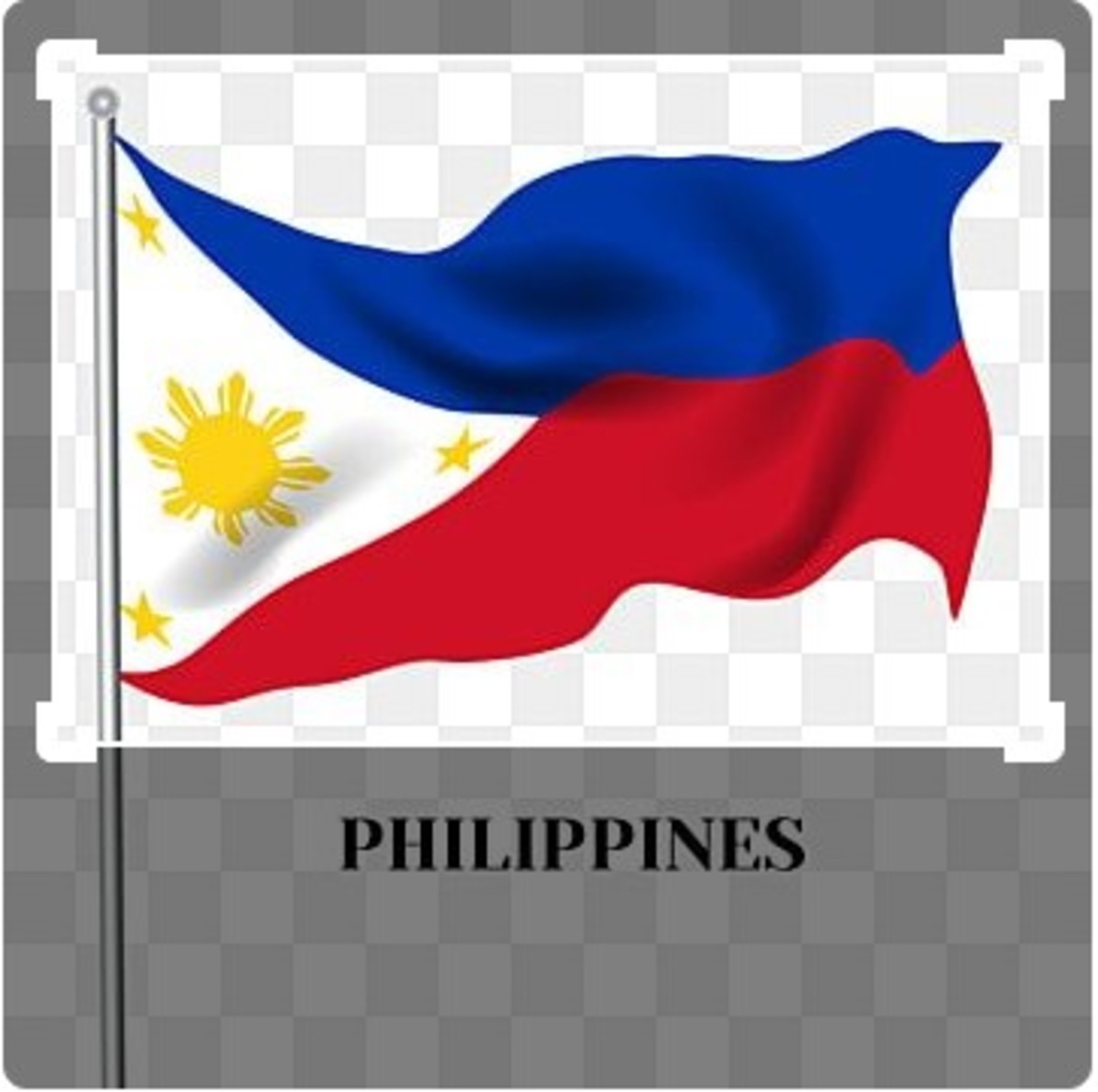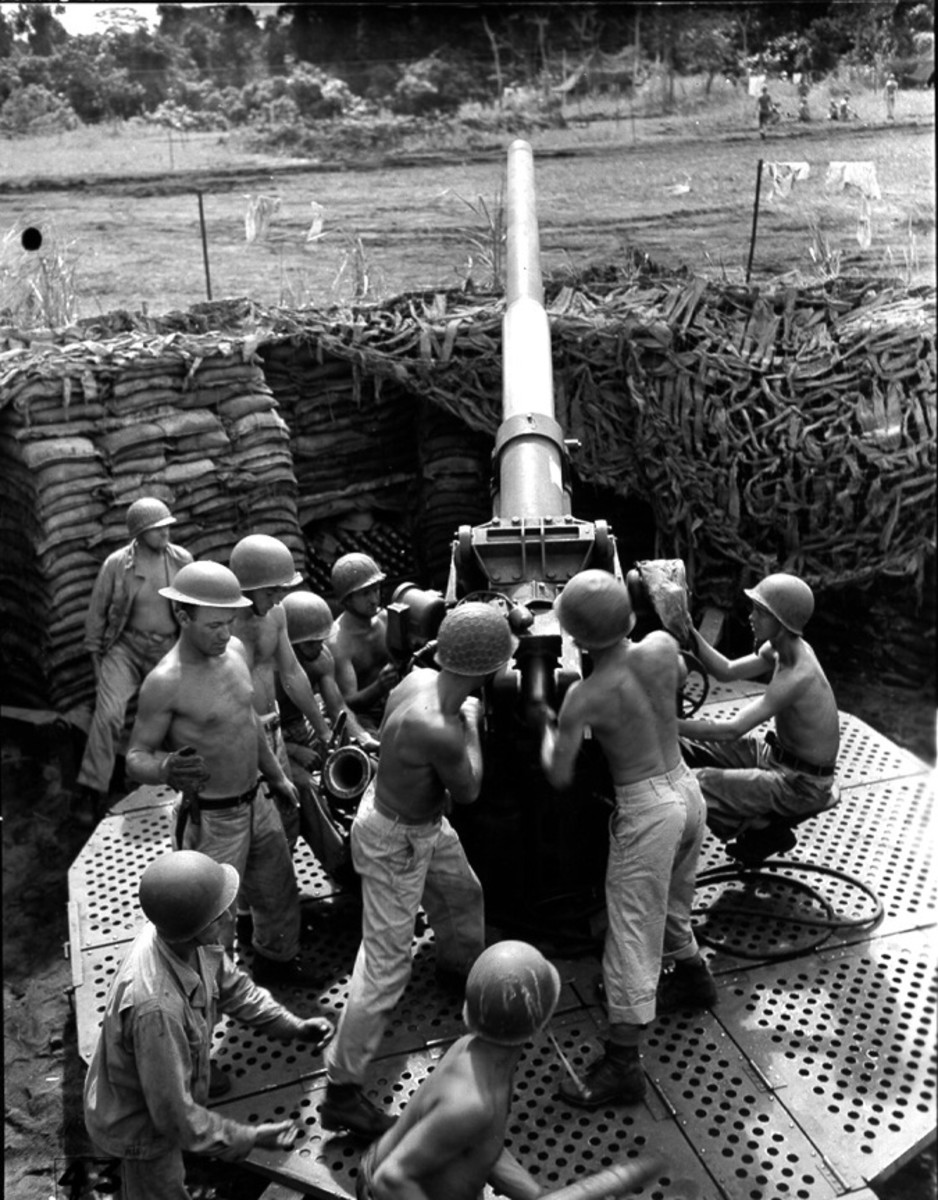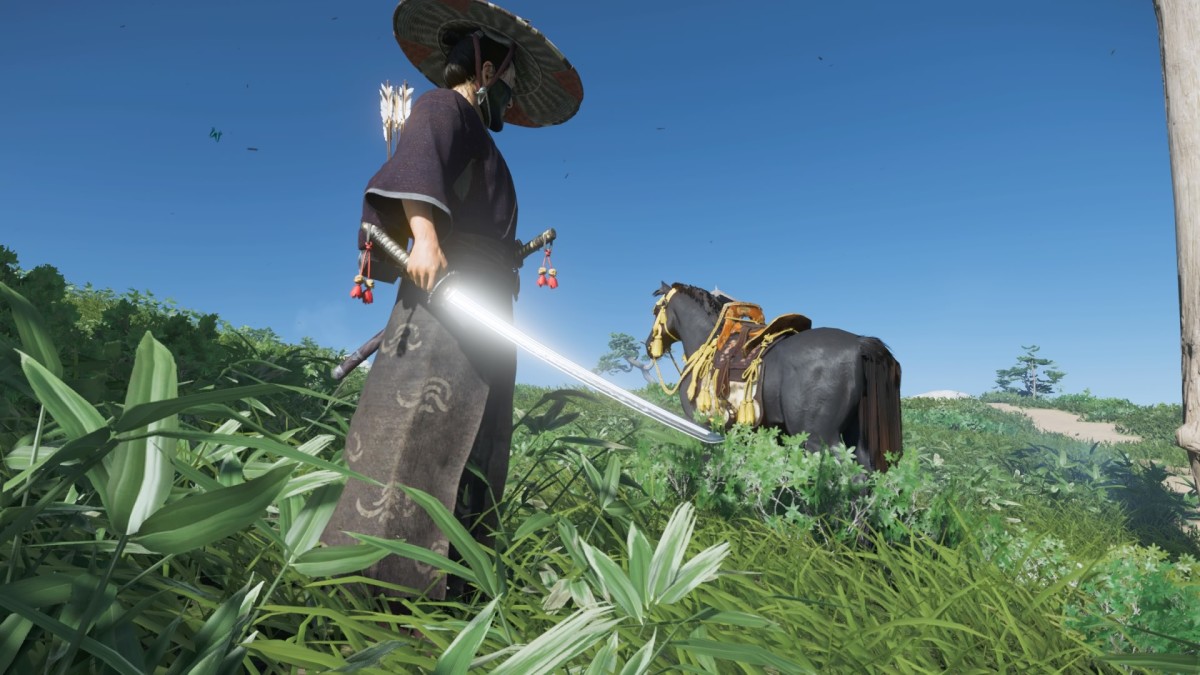The Crimson Cries of Bataan: Reminiscing Death March 1945
Have you read Stanley L. Falk's "Bataan: A March of Death"?
The event took place in the Bataan Peninsula, a peninsula of western Luzon Island in the Republic of the Philippines, bounded by Manila Bay on the east and by the South China Sea on the south and west. The Japanese forces overran the peninsula enabling the American forces to surrender inevitably on April 9 1942. This account is just a part of the dreadful World War II (1939-1945)
The author stated his thesis clearly. According to Falk, his book attempts to tell the whole story of what happened after Bataan surrendered and to tell it from the Japanese side as well as from the view points of Americans and Filipinos.
In the chapter entitled “The Alternatives”, the Americans, when they found out what had happened to their fellowmen in Bataan were filled with much rage that they wanted to bombard the whole Japan and launch offensive attacks to revenge their comrades. That rage rose up even more because of the insufficient information that had reached them. They only listened to the story told by a soldier who was able to escape and return to United States. They thought that the brutality and torment experienced by that soldier was also the same as the others. Indeed, a narrow perspective!
Likewise, nowadays, when people talk of the Bataan Death March they tend to be prejudicial. Most of them thought about Japanese brutality without even knowing that the troop also had gone through miscalculations that can explain why something infamous happened. As a proof, General Masaharu Homma told an American officer that their worries were over and now they were friends. He even invited them to see the Cherry Blossoms in Japan. Truly, those were not from a hostile General. This book is designed to give the details in a wider perspective, thus enabling the readers to look at it in a broader sense. This will also inspire to examine the inside story of the historical accounts and not to depend only on what the reference books in history had been informing the public. This made the book more significant.
Unlike other books relating to history, like the “Three Filipino Women”, a novel by F. Sionil, this is more of value. History is a part of this country’s prized possessions. Therefore, it makes Filipinos unique from others. On the other hand, the novel touched the socio-cultural aspect of the Philippines, but that can be seen also more likely, in other countries especially now in modern times. The novel depicts feminine strength that is not only for Filipino women instead, it can be linked to women of all nations. Although it is undeniable that the novel is creatively written that it can strike the interests of the readers especially the females it is still concrete that reality, seen before reaching the mind has much weight than that of a fiction which can only play inside the mind, and Stanley L. Falk, in his book, “Bataan: The March of Death”, expressed the reality in a two-way stance making it possible for the readers to evaluate critically that will lead to the integrative level of comprehension, where they can compare and contrast, apply the facts to self and life; and extend reading interests.
Because the author also based his work from the diaries of the soldiers, there are some quotations that will let the readers understand easier the atmosphere that had enveloped the prisoners of war, namely the Americans and also the Japanese soldiers during the march.
Just like the poem written by an American soldier and a poet dedicated for his friend’s death:
So you are dead…
The easy words contain
No sense of loss, no sorrow, no despair.
Thus hunger, thirst, fatigue…
Combine to drain all feelings from our hearts.
The endless glare, the brutal heat
Anaesthetize the mind.
I cannot mourn you now…
I lift my load,
The suffering column moves.
I leave behind
Only another corpse
Beside the road…— Lt. Henry G. Lee
In the lines stated above, the burden laid upon the tormented souls can be felt. The malnutrition that weakened and the diseases that made them even more vulnerable, the thirst that bothered and the tropical sun’s cold stare while its blazing heat dehydrated the sick. The nauseating stench of the carcass decomposed on the road. The pain they had endured having pride, honor, and esteem out of their grasps just to survive. They were expecting mercy from the hands of their foes. All of these, wrapped up in the hearts of wounded bodies so frail that they could be hardly called soldiers. As a result, they became numb. To see their family again, the hope that the Americans and Filipino soldiers had held through the march, gave them strength to continue. Grave, to some, their hopes faded. They thought it was better to die.
During the march to CampO’Donnell, most of the Japanese guards were really harsh. They would not let the soldiers assist a weakened comrade. They would not let them drink from a well nearby. They ordered to move quickly. They would loot whatever that struck their fancy. If those were not obeyed, the Americans and the Filipinos were hit by the riffle several times, kicked inconsiderately and worse, killed by a bayonet.
But the physiological needs of humans particularly when under pressure dictate the mind to do risky to their lives. Some in the marching column when they had found a well, they ran to it attempting to fill their canteens. Some tried to escape. Some who were really sick fell to the ground. Some denied giving their watches, badges and pens. The product: the marching line decreased. They had to leave another corpse beside the road.
As stated before, the torment, terror and violence were not the only fate that the prisoners of war faced. One American soldier wrote in his diary that the Japanese had been good to them. To comprehend, the Japanese soldiers assigned to guard the prisoners of war worked on shifts. They were commanded to guard the march of the soldiers until they reach a certain point and then, another batch of guards will replace the former.
The Japanese guards who treated the soldiers nicely let them rest and fill their canteens with water. They shared them their foods and cigarettes. They even talked to them and traded watches as a souvenir and they allowed the men to march freely. It was absolutely opposite to the brutality that other guards had shown.
But why did this shattering saga happen? There was a failure of leadership.
“Your worries are over... we are now friends.’’ – Lt. Gen. Masaharu Homma
Those were the very words spoken by the Lt. General. Indeed it was comforting and assuring, very warm to the ears of a defeated American.
However, Lt. General of the Japanese force, Masaharu Homma, miscalculated the number of prisoners. He ordered one of his subordinates to estimate the number of the American and Filipino soldiers in Bataan but he was given an erroneous estimation. There are 78, 000 but because of the report, he thought that there were only 40 to 50 thousands. He was also not ready to the sudden withdrawal of the American force. At first he planned to take the Americans and Filipinos by a transportation vehicle particularly the weaker ones. But because of the low supply of gasoline, it was barely possible to take everyone. They had to march covering large miles.
Covering distant miles by foot was possible if the soldiers were healthy and well nourished. Another fact that Homma was unaware of when Maj. Gen. Edward P. King surrendered his force was the condition of the Bataan troops. The Americans and Filipinos were exposed to malaria, dysentery and other epidemic diseases present in tropical countries. The food supply was scarce. As evidence, if he had only known the situation, he would not launch the Good Friday Offense that worsened the casualties before April 9 1942. He would rather wait for the American force to retreat. Obviously, there was a small chance of surviving the march.
Additionally, he had orders from superior to capture Philippines in a shortest time possible. Because of the time pressure and miscalculations, his ideals had not been realized.
But his leadership was not the only determining factor to blame. It had something to do with the culture of Japanese. The army treated their soldiers violently. The military units of Japan were not pampered. This is expressed in the lines quoted in one of the Japanese soldier’s diary:
“They never believe me and he(maybe pertaining to his superior) was so sarcastic about my sickness… I did not know that my comrades were cruel to a sick man. Every one of them has been so sarcastic, they even insulted me. I would like to die...”
This tells that the soldiers of the Japanese unit were encountering such maltreatment from their superiors. They were beaten ironically, producing insensitive soldiers, unfeeling and brute. They were trained to be loyal to their superiors whatever the circumstances were. That explains why their hearts were closed to show compassion to the prisoners of war although it was part of the Geneva Treaty and also a law in the Imperial Japan.
The firmness that the Japanese army had was also present to the smallest unit of the society, family. Children had to keep in mind that there were no margin for errors and failures would stain the family’s honor.
Clearly, the terror that the American and Filipino soldiers experienced from the Japanese had no other meaning. It doesn’t mean that they have the pleasure of doing such vicious acts. It just turned to shock the world because many were ignorant about the Japanese culture. As for the soldiers, especially to the survivors from the Death March, it was an unforgettable memory. The Americans would be reminded of how the small country in the Orient once crushed their force and how the Filipino civilians showed hospitality in a great way.
Falk attempted to tell the whole story of what happened after Bataan surrendered and to tell it from the Japanese side as well as from the view points of Americans and Filipinos. This documentary has a detailed narration arranged in chronological order, the events were written as they actually happen. The information when compared to other sources is accurate just like the date when Maj. Gen. Edward King surrendered Bataan on April 9, 1942. The estimation of the American and Filipino troops is accurate. The book says that there are 78, 000 soldiers under American force in the Bataan Peninsula while the Encarta Encyclopedia 2004 says there were 70,000 not far to be inaccurate. The elements were clearly stated, the event, characters and the setting. In fact, the appendices had a complete listing of the officers in charge on both party, the Japanese and American force.
The author wrote the book with authenticity and authority. Documentary books need not to put emphasis on the author’s opinion, mood, passion and feelings through vivid words. It should have indisputable and intellectual statements that are direct to the point. In describing the occurrence in Bataan before the surrender, he used brief line such as “the ration of food decreased from 11 to 8 ounces” instead of writing “little by little, their helpless stomachs screamed for starvation that gets louder and louder as the ration decrease” .
To accomplish his purpose the author showed the perceptions of the two opposing military unit through compare and contrast. The Bushido and the Chivalry, the codes in which the soldiers from the east and west were oriented is a good example. It also explained why the march to CampO’Donnell was regarded as Death March through cause and effect.
The only weakness that can be observed in Falk’s work is that he left the readers with questions. What happened to the prisoners of war after the war became over? What happened to Lt. Gen. Masaharu Homma? To Maj. Gen. Edward King? The narration stopped when the marching column reached the CampO’Donell. Perhaps, he only attempted to tell the story of what happened to the soldiers during the Death March. However, these hanging questions also have their positive side. It motivates the readers to read more to extend his/her ken.
Since the book “Bataan: The March of Death”, contains violent and brutal facts that may affect the naïve minds of the youth and to consider that some words are deep in meaning, it is not recommendable for pupils in the elementary level particularly in this country where English is a second language. It may feed the curiosity of a high school student whose interest is to enrich his/her knowledge in Philippine history. It can also be used for projects such as book report for the English subject or for the Social Studies. This can also be relevant in particular with the third year high school students, Death March is also one of the episodes in the saga of World War II and most of all to the students having their Philippine History class whether in the secondary or tertiary level.
For the teachers mainly of first year high school student, this book can serve as a reference. This can be an eye-opener for the students thus stirring their interest to analyze critically and go beyond the literal knowledge obtained from asking the 4Ws (what, when, where, who).
History makes this country different from others. It is a continuing past and struggles of different people in different events at different places where people can learn lessons essential for this generation, the new makers of history. Take time to reflect. Connect the events of the past to the present. Let the mistakes of yesterday be the example of today to build a prosperous tomorrow!









